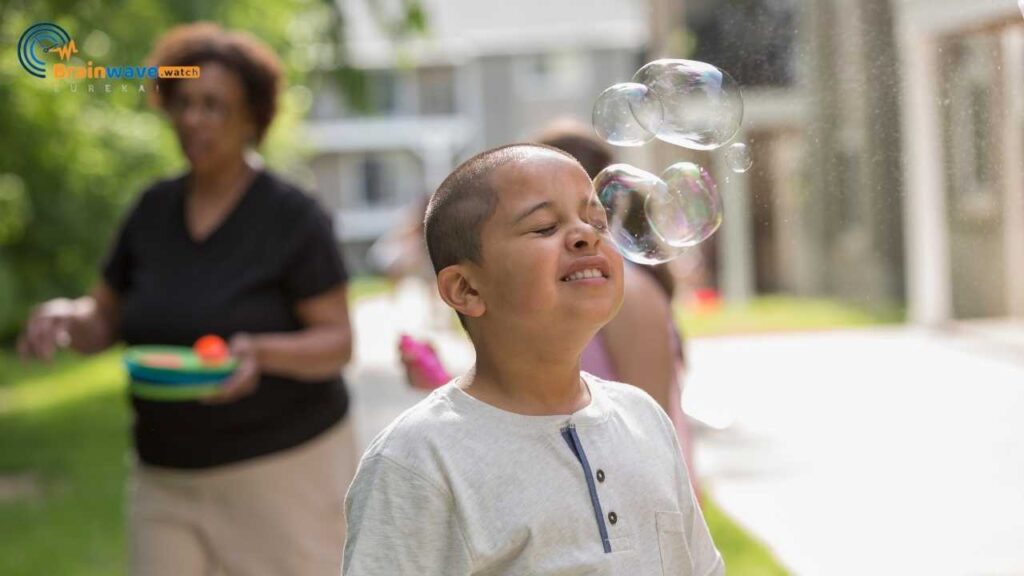In today’s inclusive educational landscape, it is imperative to provide appropriate accommodations and modifications for students with special needs. Accommodations and modifications are essential tools that can empower these students to thrive academically, socially, and emotionally. By tailoring educational experiences to their unique requirements, we can create an inclusive environment that promotes equal opportunities for all learners.
Accommodations and Modifications
Before delving into the specifics, it is important to distinguish between accommodations and modifications. While these terms are often used interchangeably, they have distinct meanings in the context of special education.
Accommodations refer to adjustments made within the learning environment to support students with special needs without altering the content or standards. These adaptations aim to level the playing field, enabling students to access the curriculum and demonstrate their knowledge and skills effectively.
On the other hand, modifications involve modifying the curriculum itself to suit the individual needs of students. This may include simplifying the content, adjusting learning objectives, or utilizing alternative assessment methods. Modifications are typically reserved for students who require a more significant departure from the standard curriculum due to the severity of their disabilities.
Read also: Learning Differences in Children: Causes, Symptoms & Treatment
The Importance of Accommodations and Modifications
Accommodations and modifications are crucial for fostering an inclusive learning environment that values diversity and promotes the success of all students. Here are some key reasons why these practices are essential:
1. Equal Access to Education
By providing appropriate accommodations, students with special needs can access the same educational opportunities as their peers. Accommodations eliminate barriers that may hinder learning, such as physical, sensory, or cognitive challenges. Through inclusive practices, students can actively engage in the curriculum and contribute to classroom discussions, fostering a sense of belonging and promoting social interaction.
2. Personalized Learning
Accommodations and modifications enable personalized learning experiences for students with special needs. By tailoring instruction to their individual strengths, challenges, and learning styles, educators can optimize their academic growth and help them reach their full potential. Personalized approaches also promote self-esteem and motivation, as students experience success in areas that align with their abilities.
3. Academic Progress
With appropriate accommodations and modifications, students with special needs can make meaningful academic progress. By addressing their unique learning needs, educators can facilitate comprehension, participation, and skill development. Accommodations such as assistive technology, visual aids, or preferential seating can enhance students’ ability to process information and actively engage in the learning process.
4. Inclusion and Social Integration
Accommodations and modifications not only support academic growth but also promote social integration. When students with special needs are provided with the necessary support, they can actively participate in classroom activities and collaborate with their peers. Inclusive practices foster empathy, understanding, and acceptance among students, creating an inclusive and supportive school community.
Read also: Supporting Student Growth In Special Needs Classes
Common Accommodations and Modifications
The specific accommodations and modifications required for students with special needs vary based on their individualized education plans (IEPs) or 504 plans. These plans outline the specific supports and services necessary to meet their educational goals. Here are some commonly implemented accommodations and modifications:
1. Environmental Adaptations
- Preferential seating: Placing students in a location that minimizes distractions or enhances their ability to hear or see instructional materials.
- Classroom organization: Arranging the physical environment to optimize accessibility and navigation for students with mobility challenges.
- Noise reduction: Providing noise-canceling headphones or quiet spaces for students sensitive to auditory stimuli.
2. Instructional Supports
- Visual aids: Utilizing visual representations, charts, or diagrams to enhance comprehension and facilitate learning.
- Multi-sensory approaches: Incorporating tactile, auditory, and visual elements to reinforce learning and accommodate diverse learning styles.
- Extended time: Allowing students additional time to complete assignments, assessments, or tasks, taking into account their processing speed or physical limitations.
3. Assistive Technology
- Speech-to-text software: Enabling students with writing difficulties or physical impairments to dictate their thoughts and ideas.
- Text-to-speech software: Assisting students with reading challenges by converting text into spoken words.
- Augmentative and alternative communication devices: Facilitating communication for students with limited verbal abilities.
4. Curriculum Modifications
- Simplified content: Adapting the curriculum to present information at a level that matches students’ cognitive abilities.
- Altered assignments: Modifying assignments to accommodate different skill levels or providing additional support as needed.
- Alternative assessment methods: Employing alternative ways of assessing student learning, such as oral presentations or projects, to evaluate comprehension and mastery.
Read also: Home Modifications and Devices for Special Needs Adults
Implementation and Evaluation
Once accommodations and modifications have been identified for students with special needs, it is crucial to ensure their effective implementation and evaluate their impact. Here are some key considerations:
1. Individualized Education Plans (IEPs) and 504 Plans
Accommodations and modifications should align with the goals and objectives outlined in the students’ IEPs or 504 plans. These plans serve as a roadmap for meeting their unique needs, and regular reviews and updates are necessary to address any changes or progress.
2. Training and Professional Development
Educators and support staff should receive adequate training and professional development opportunities to understand the specific accommodations and modifications required for students with special needs. This training should focus on effective implementation strategies, assistive technology utilization, and creating inclusive classroom environments.
3. Ongoing Monitoring and Adjustments
Regular monitoring and assessment of the effectiveness of accommodations and modifications are essential. Educators should gather feedback from students, track their progress, and make adjustments as necessary. Collaboration with parents, guardians, and specialists can provide valuable insights to refine and improve the support provided.
4. Documentation and Communication
Accurate and comprehensive documentation of accommodations and modifications is vital to ensure continuity and consistency in supporting students with special needs. Clear communication channels should be established among educators, support staff, parents, and relevant professionals to share information, progress, and strategies that benefit the student.
Read also: Academic Accommodations for Children with Learning Disabilities
Advocacy and Support
Advocacy plays a critical role in ensuring that students with special needs receive the accommodations and modifications necessary for their success. Here are some ways to advocate and provide support:
1. Awareness and Education
Raise awareness among educators, parents, and the community about the importance of accommodations and modifications for students with special needs. Promote understanding, empathy, and acceptance to create a supportive environment.
2. Collaboration with Specialists
Engage with specialists such as special education teachers, occupational therapists, speech-language pathologists, and behavior analysts. Their expertise can provide valuable insights and guidance in implementing effective accommodations and modifications.
3. Parent and Community Involvement
Encourage parents to actively participate in the educational journey of their child. Provide resources, workshops, and support groups to help parents navigate the accommodations and modifications process and advocate for their child’s needs.
4. Celebrating Success Stories
Highlight success stories of students with special needs who have benefited from accommodations and modifications. Share these stories to inspire and motivate educators, students, and the wider community, emphasizing the positive impact of inclusive practices.
Read also: The Importance of Individualized Education Plans for Children
Conclusion
Accommodations and modifications are powerful tools that can transform the educational experiences of students with special needs. By understanding their unique requirements and implementing appropriate support, we can create inclusive environments that foster academic, social, and emotional growth. With ongoing evaluation, collaboration, and advocacy, we can ensure that students with special needs have equal opportunities to succeed and thrive. Let us continue to champion the rights of all learners and build an inclusive educational system that celebrates the diversity and potential of every student.







